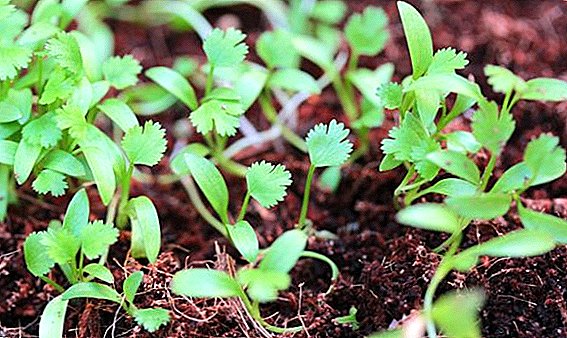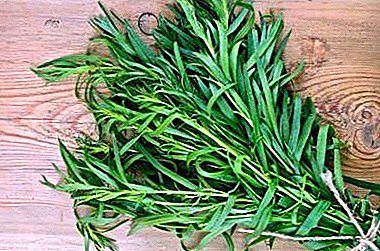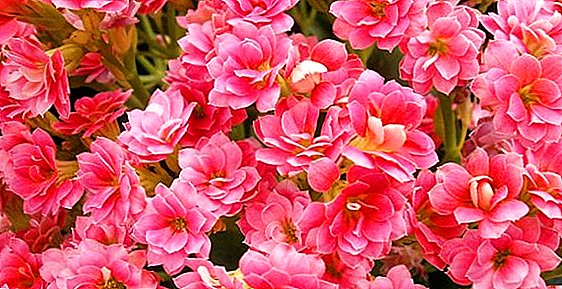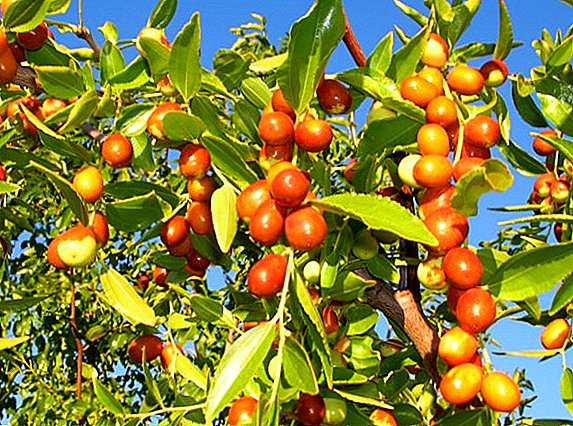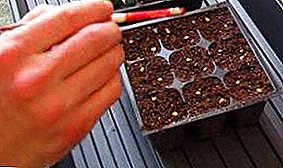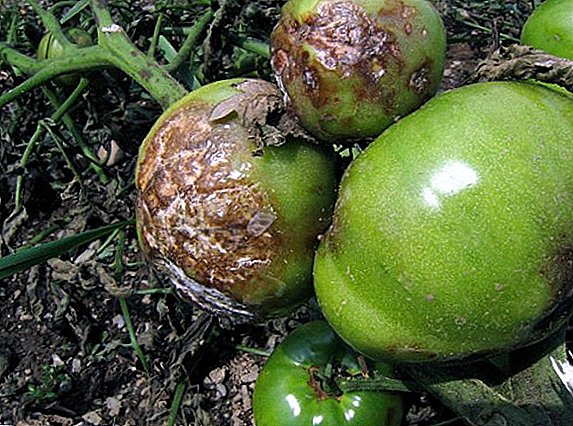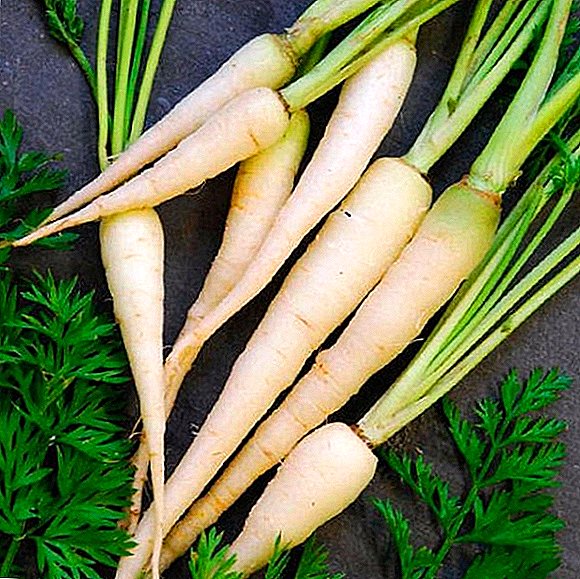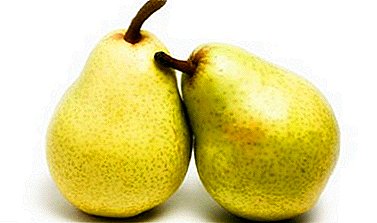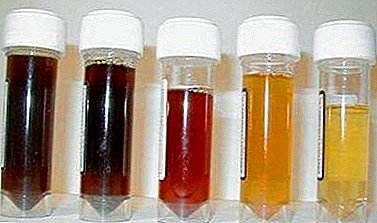
Products of metabolic processes and decomposition are excreted mainly with urine through the kidneys - natural filters. If you use some products of bright color, it affects the color of urine.
In particular, eating beets, we can see that the urine has changed color, reddish hues have appeared in it. But what does it mean that it is colored, and should it be colored? Is it bad or normal? Does it affect health and is it worth to see a doctor with such color changes?
Can urine be stained after eating root vegetables and is it normal?
If, when a person eats beets, she does not change the color of urine, then is it normal?
After ingestion of vegetable urine in 65% of cases can be painted in pale pink or red.
 The more betacyanin in the root, the brighter the vegetable, and the higher the likelihood that urine will become unnatural in color.
The more betacyanin in the root, the brighter the vegetable, and the higher the likelihood that urine will become unnatural in color.
Betacyanin is a pigment of a red, pink or brownish shade. It is used in the food industry as an additive E162. It is absolutely harmless and safe for humans and practical in use dye.
But! Is urine colored in a hundred percent of cases? Not, the color of urine in the use of vegetables does not change in all cases. As mentioned above, only in sixty-five percent of cases.
There is a dependence on certain factors:
- The amount of fluid consumed is of great importance..
Normally, when small amounts of beet product are consumed, its pigments are processed and discolored even in the stomach, and the remaining pigments are processed in the kidneys and intestines. Urine in this case does not change in color, its color remains natural. It is necessary to consume more vegetables than usual, or use less water, as the concentration of the dye in the urine increases, and the urine changes in color. Lack of water can affect the level of staining.
- From varieties of beets.
The intensity of staining can be affected by the quantitative content of betacyanin in different varieties of beets. For example, the most common variety of "Cylinder" contains about forty-five milligrams per hundred grams of product, which means its color is not saturated.
If you take the grade "Ball", then there is one hundred and ninety-five milligrams of betacyanin in one hundred grams of the product. Therefore, a large content of the dye, passing through the gastrointestinal tract, is not fully capable of decomposing.
Excess betacyanin is excreted by the kidneys along with urine.
- From root storage conditions.
Under the influence of sunlight, the amount of betacyanin in the beets is reduced. It is "discolored".
- From the method of heat treatment.
 During cooking, part of the pigment goes into the water, the color intensity drops. Baking or steaming will help preserve the beta cyanines inside the vegetable.
During cooking, part of the pigment goes into the water, the color intensity drops. Baking or steaming will help preserve the beta cyanines inside the vegetable. - From the acidity of gastric juice.
Increased acidity of gastric juice prevents the splitting of the pigment. As a result, the color of the urine changes. It is scientifically established that if you eat beets on an empty stomach, the color of the urine remains unchanged. At this time in the stomach is a neutral pH medium, where beta cyanine breaks down easily. And if you use beets together with acidic foods, the coloring will be very intense. For example, the use of the favorite vinaigrette by everyone will cause a change in urine color, This salad includes other high acid foods.
When is the body's response not normal?
What other signs besides red urine can tell you that your health is not in order?
Doctors do not consider pathology pink staining of urine after drinking beets. Fears can cause cases when red urine has become, when bright vegetables were not in the diet.
In this case, you can suspect any pathological conditions that are accompanied by certain symptoms:
- pain when going to the toilet;
- burning sensation, cramps, heaviness in the lower abdomen;
- the smell of urine became intense, unpleasant;
- frequent urination;
- change in body temperature upward;
- general malaise, drowsiness and weakness.
If these symptoms are not preceded by the use of beets, then pathological changes associated with certain diseases can be suspected. Changes in urine color associated with pathological conditions may be of two main causal groups:
- To the first group of causes Urine staining includes all pathologies of the urinary organs: kidneys, bladder, urethra.
 Appear with diseases such as nephritis, pyelonephritis, cystitis, kidney and urinary tract tumors, urolithiasis (how to use beet juice and decoction affects the dissolution of gallstones, read here).
Appear with diseases such as nephritis, pyelonephritis, cystitis, kidney and urinary tract tumors, urolithiasis (how to use beet juice and decoction affects the dissolution of gallstones, read here). - To the second group include causes associated with impaired metabolic processes in the body. For example, in violation of liver function, with jaundice, hemolysis (destruction of red blood cells), hyperlipidemia.
In these cases, the color of urine can vary in different ranges from pale pink to red and brown. If any of these symptoms occur, you should consult a doctor. The doctor will prescribe tests, send a biopsy to the UZS, if necessary.
Reasons: why can urine be reddish or pink after taking a vegetable?
Consider why, after eating, during which the beets were consumed, the urine may be red. There are more conditions under which staining of urine with beet beta cyanines can be more pronounced:
- Dysbacteriosis.
When dysbiosis occurs imbalance of the natural microflora of the gastrointestinal tract. As a result, the ability of the gastrointestinal tract to absorb substances changes. As a result, splitting processes occur more slowly and most of the "waste" begins to fall into the kidneys, where it cannot be completely recycled at the physiological level. Then in urine and find beta cyanines.
The solution is to include probiotics in the diet - products that have a positive effect on the reproduction of microflora.
- Urinary Acid Imbalance.
During normal functioning of the urinary system, the beet pigment is still present in it after consumption. In this case, the discoloration occurs due to the slight acidity of the urine itself.
 The vegetable also paints urine red if any medications are taken along with the beets, which raise the acidity.
The vegetable also paints urine red if any medications are taken along with the beets, which raise the acidity. - Kidney problems.
All useful and unhealthy substances pass through the kidneys, as if through a sponge. If the "sponge" stops filtering when a malfunction occurs, the "waste" will be displayed without change. Beet pigments also refer to "waste".
- Gynecological problems in women.
Can it stain in women and why? When gynecological diseases in the urine enters not the dye, and blood. As a result, urine in women is also painted in reddish and pink shades.
What doctor should be consulted if a problem is suspected?
All "suspicious" changes in urine staining from any food or medicine should be kept in check. Preventive consultation with a doctor will help to avoid serious problems..
Equally or not changes in children and adults - what's the difference?
Can it get stained by a child, does it happen?
Beetroot is useful not only for adults but also for children.. It has a good effect on the gastrointestinal tract. Young children are given this vegetable after heat treatment and in the form of mashed potatoes.
 Juice of raw beet is not recommended for children. It can cause irritation of the gastrointestinal tract, and boiled, on the contrary contributes to good peristalsis.
Juice of raw beet is not recommended for children. It can cause irritation of the gastrointestinal tract, and boiled, on the contrary contributes to good peristalsis.
Can a root vegetable stain urine in an adult? For adults, the raw product is completely safe. Children's body is different from an adult. In children, urine staining occurs in almost one hundred percent of cases. The pediatric filtering system continues to evolve with age, so at the initial stages it is not perfect. That is why the pigments from the children's body are displayed in an unchanged form.
Urine stains intensely. Parents need to know that if the child has a change in the color of urine, then a visit to the doctor should be mandatory.
How many days after eating a vegetable will there be changes?
Does the root crop paint the urine for a long time after ingestion?
For those who love beet dishes, you need to be prepared for the fact that the color of urine can have a red tint for a long time.
How many days the urine will be changed in color, for each individual. But not less than 2 days it will be possible to observe "color pictures" when visiting the toilet. The greater the volume of fluid that escapes, the less saturated the color.
Council - to drink plenty of water, so as not to be afraid. And the intensity of the color will be less! It is important to observe the color change for another two or three days after the complete cessation of beet intake. If the time has passed, but the color has not changed - we turn to a doctor!
Thus, we considered whether urine can change and turn red after eating, what the body's response to this root crop should be. Beet juice is absolutely harmless. It's okay that the urine does not become a different color. It is possible to eat vegetables both for children and adults, without harm to health. But if something is embarrassing at the same time, symptoms uncharacteristic of the norm have appeared, there is a deterioration in the general condition of the body — you need to consult a doctor.


 During cooking, part of the pigment goes into the water, the color intensity drops. Baking or steaming will help preserve the beta cyanines inside the vegetable.
During cooking, part of the pigment goes into the water, the color intensity drops. Baking or steaming will help preserve the beta cyanines inside the vegetable. Appear with diseases such as nephritis, pyelonephritis, cystitis, kidney and urinary tract tumors, urolithiasis (how to use beet juice and decoction affects the dissolution of gallstones, read here).
Appear with diseases such as nephritis, pyelonephritis, cystitis, kidney and urinary tract tumors, urolithiasis (how to use beet juice and decoction affects the dissolution of gallstones, read here). The vegetable also paints urine red if any medications are taken along with the beets, which raise the acidity.
The vegetable also paints urine red if any medications are taken along with the beets, which raise the acidity.